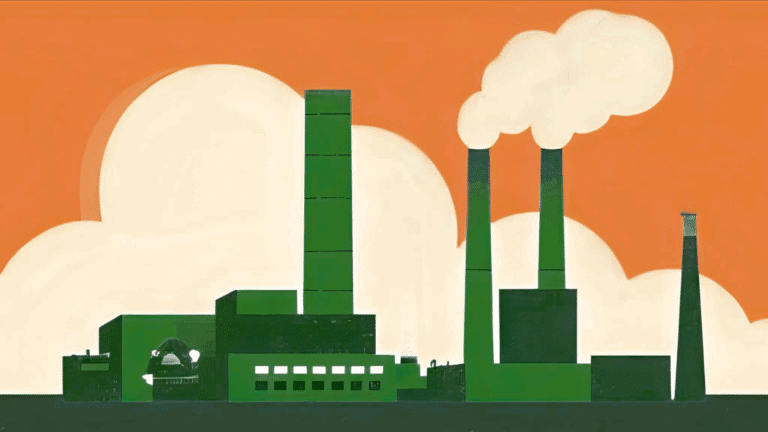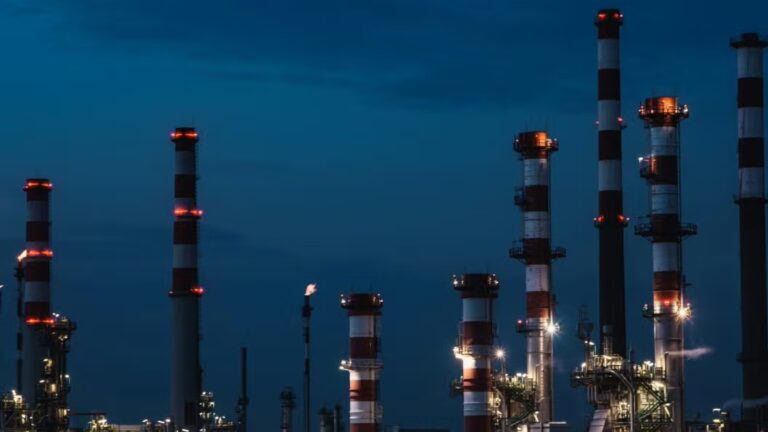This report represents the research and views of the author. It does not necessarily represent the views of the Center on Global Energy Policy. The piece may be subject to further revision. Contributions to SIPA for the benefit of CGEP are general use gifts, which gives the Center discretion in how it allocates these funds. More information is available at Our Partners. Rare cases of sponsored projects are clearly indicated.
For a full list of financial supporters of the Center on Global Energy Policy at Columbia University SIPA, please visit our website at Our Partners. See below a list of members that are currently in CGEP’s Visionary Annual Circle.
-
CGEP’s Visionary Annual Circle
-
(This list is updated periodically)
Air Products
Anonymous
Jay Bernstein
Breakthrough Energy LLC
Children’s Investment Fund Foundation (CIFF)
Executive Summary
State-owned enterprises (SOEs) play a major role in the production of goods and services across many of the world’s largest economies, particularly in electricity generation, oil and gas, and heavy industry. SOEs (defined in this report as companies for which 50 percent or more of voting shares are held by a government) are also major sources of greenhouse gas emissions.
The governments that control these SOEs are also signatories to the Paris Agreement on climate change. State ownership provides these governments with a major direct point of control over the climate and energy outcomes of these companies, both in terms of reducing emissions and directing future investment into low-carbon technologies and infrastructure. Improving the measurement of SOEs’ contribution to both national and global-level emissions provides important information to help understand to what extent SOEs should be targeted and to design strategies to maximize their potential role in the broader energy transition.
This report provides an accounting of direct emissions associated with SOEs globally. It is challenging to comprehensively identify every SOE, as the total is estimated at well over 100,000. In addition, most identified SOEs do not disclose their emissions nor are estimates of these emissions available in the public domain. Despite these limitations, data compiled for this report covering almost 300 major SOEs suggest that SOEs globally are responsible for at least 7.49 gigatons of carbon dioxide equivalent (GtCO2e) annually in direct (Scope 1) emissions. While the true scale of SOE-related emissions is likely to be substantially higher, particularly when accounting for national oil companies and iron and steel manufacturers that do not currently report their emissions, this figure is over 1 GtCO2e greater than various previous estimates, and larger than the total annual emissions of any country except China.
Additional findings from this report include the following:
- Geographically, the SOE emissions inventoried in this report are highly concentrated among entities controlled by the Chinese government (69 percent share, 5.16 GtCO2e). Other governments with major contributions include Russia and India (4 percent each); Indonesia, South Africa, and South Korea (3 percent each); and Saudi Arabia and Mexico (2 percent each). Most of the remaining emissions are associated with SOEs domiciled in Taiwan, Sweden, the United States, Brazil, and Poland, at about 1 percent each, and 20 other countries with smaller shares.
- The power sector is the dominant source of the inventoried emissions (85 percent share, 6.39 GtCO2e), with additional significant contributions from oil and gas production and distribution (10 percent, 0.78 GtCO2e), transport (1.8 percent, 0.14 GtCO2e), cement (1.4 percent, 0.11 GtCO2e), and chemicals (0.6 percent, 0.05 GtCO2e). Three-quarters of power sector emissions are attributable to Chinese SOEs, with the “Big Five” power generation companies alone making up over 20 percent of total SOEs emissions across all sectors.
- SOE emissions also represent a significant share of national greenhouse gas emissions in a number of countries, including China, India, Indonesia, Mexico, Saudi Arabia, South Africa, and South Korea.
- The absence of direct emissions data for many prominent SOEs suggests that further data gathering and estimation is required, particularly in the oil and gas as well as iron and steel sectors, where emissions disclosures are scarce. This indicates the potential for a significantly higher total for SOE direct emissions. (An example of possible further estimation includes emissions assessed on the basis of production and emissions intensity for firms in these sectors for which direct emissions data are not available, as described in Appendix I.)
- While SOEs are large sources of emissions, they are also major providers of low-carbon alternatives. A comprehensive assessment of the impact of government-owned assets on emissions would ultimately also acknowledge emissions avoided by governments through investment in low- or zero-carbon alternatives.





